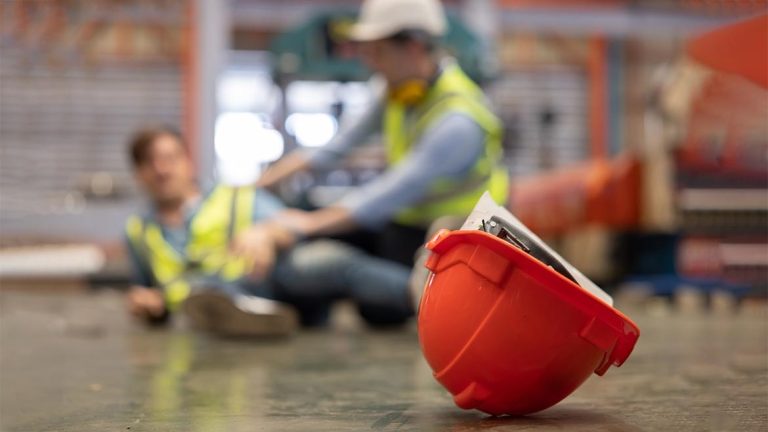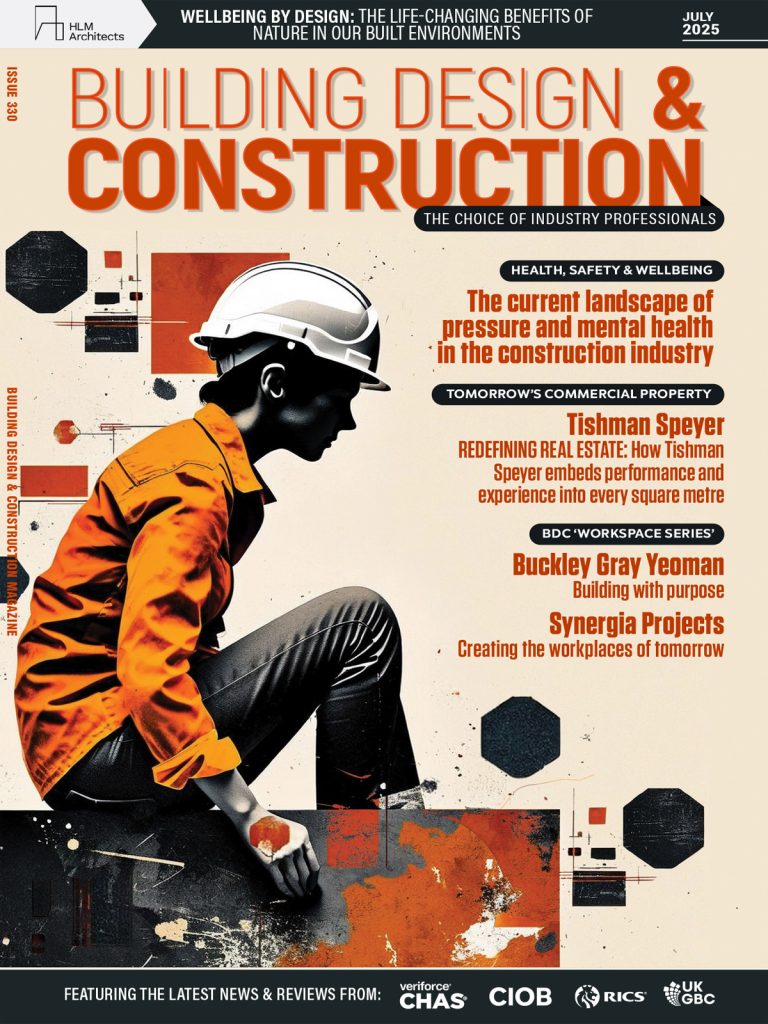When it comes to the world and mother nature itself, there is nothing that quite personifies both like the subject of weather. Weather is the end all be all factor which decides the climate of a location. It can be sunny and warm, or it can be cloudy and cold. It can snow for days on end or rain much the same. You see mother nature is as fickle as she is powerful, and just as equally prone to change. Some weather is peaceful, some is destructive, but few things are as destructive as a tornado. Tornadoes spark both fear and awe. These twisting columns of air can sweep across the landscape with stunning force, ripping up trees, flattening buildings, and leaving lasting scars. When the skies darken and that telltale funnel touches down, every second counts. Understanding tornadoes—what causes them, where they form, how to stay safe—could save your life or that of someone you love. In today’s article, we’ll discuss the nature of tornadoes, and how one can better prepare for their reckoning. What Is a Tornado? First, let’s start with the most obvious question to ask when discussing tornadoes: what exactly is it? A tornado (see more here) is a fast-spinning column of air that touches both the ground and the base of a thunderstorm. While most tornadoes last only a few minutes, their damage can be immense. They stand apart from other storms due to their tightly wound rotation and direct contact with the earth’s surface. Tornadoes form when warm, moist air meets cold, dry air. The clash creates instability, and if wind speeds at different heights blow in different directions or at different speeds, it starts a spinning effect. When this spinning core gets stretched vertically by updrafts inside strong thunderstorms, it can drop down as a tornado.Unlike hurricanes or regular storms, tornadoes can explode into existence with little warning and their paths are often unpredictable. Their unique mix of speed and violence makes them among the most dangerous weather events. How Do They Occur? Strong thunderstorms, especially those called “supercells,” are the tornado’s birthplace. Supercells have strong updrafts, spinning winds, and lots of moisture—perfect storm fuel. Most tornadoes happen in flat areas where cool, dry air from the north meets warm, moist air from the south. In the United States, this sets up the infamous “Tornado Alley.” This zone stretches from Texas through Oklahoma, Kansas, Nebraska, and into South Dakota. Still, it is possible for tornadoes to occur in any place throughout the United States. Some areas are more at risk because of geography—open plains allow storms to build without mountains breaking up wind patterns. That’s why places like Oklahoma see more tornadoes than, say, California. But don’t get too comfortable if you live elsewhere. All it takes is the right weather mix for a tornado to touch down. Tornado Classification and Strength Not all tornadoes pack the same punch. The Enhanced Fujita (EF) Scale measures tornado strength based on the type and amount of damage left behind. Here’s what the numbers mean: ⦁ EF0 (65-85 mph): Light damage. Shingles may peel, small branches snap.⦁ EF1 (86-110 mph): Moderate damage. Roofs stripped; mobile homes pushed off foundations.⦁ EF2 (111-135 mph): Considerable damage. Houses may lose roofs, trees are uprooted.⦁ EF3 (136-165 mph): Severe damage. Entire floors torn off houses, trains overturned.⦁ EF4 (166-200 mph): Devastating damage. Well-built houses leveled; cars thrown.⦁ EF5 (over 200 mph): Catastrophic damage. Strong homes swept away, nothing left but debris. The vast majority of tornadoes are weak (EF0 or EF1), but even “small” tornadoes can be deadly. EF4 and EF5 storms are rare but produce the unforgettable scenes shown on the news. How to Prepare and Stay Safe When a Tornado Comes Early Warning Signs and Alerts Tornadoes don’t always give clear notice before they form. Look out for: ⦁ Greenish or dark skies.⦁ Large, low, and dark clouds.⦁ Hail or heavy rain that suddenly stops.⦁ A loud roar, like a freight train.⦁ Swirling debris at ground level. Pay close attention to weather alerts. A tornado watch means conditions are right for tornadoes to form. A tornado warning means a tornado has been spotted or detected by radar—take shelter at once. Tip: Get a NOAA weather radio or reliable weather app with push notifications. Radios work even when the power goes out. Best Practices for Tornado Preparedness Preparing now saves time and stress later. Follow these steps to get ready: ⦁ Build an emergency kit with water, food, a flashlight, batteries, first aid supplies, and important papers.⦁ Choose your shelter spot. Basements are best, but an interior room or closet on the lowest floor can work. It can also be prudent to invest in equipment that helps protect against tornadoes (visit Paradise Exteriors for more information) and other weather.⦁ Practice your plan. Make sure everyone in your home knows what to do.⦁ Have shoes, helmets, and sturdy clothes ready for everyone. Flying debris causes many injuries.⦁ Write down emergency contacts. Don’t rely only on phones. Schools, workplaces, and care facilities should all have posted tornado response plans. What to Do During a Tornado When a warning sounds, every second is precious. ⦁ Go to your safe spot. Head to the basement, or an interior room/closet on the ground floor without windows.⦁ Protect your head and neck. Use a helmet, heavy blankets, or even a mattress.⦁ Stay away from windows and exterior walls.⦁ Bring your emergency kit and shoes.⦁ Do not try to outrun a tornado by car. If driving, stop and find the nearest shelter. As a last resort, lie flat in a low ditch and cover your head. Avoid large open rooms like gymnasiums—roofs can collapse. Steer clear of highway overpasses, which can create deadly wind tunnels. Conclusion Tornadoes are rare but fierce, able to change lives in minutes. By understanding how they form, where they strike, and what to do before, during, and after, you stack the odds in your favor. Stay aware, respect warnings, and keep your emergency plans up to date. When the next storm comes, you won’t just














